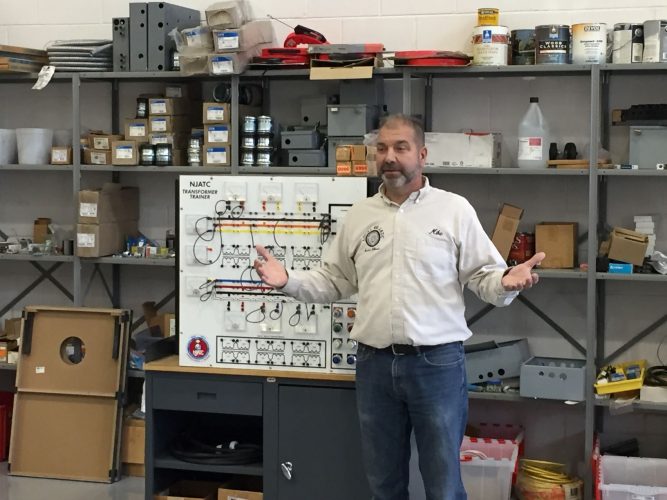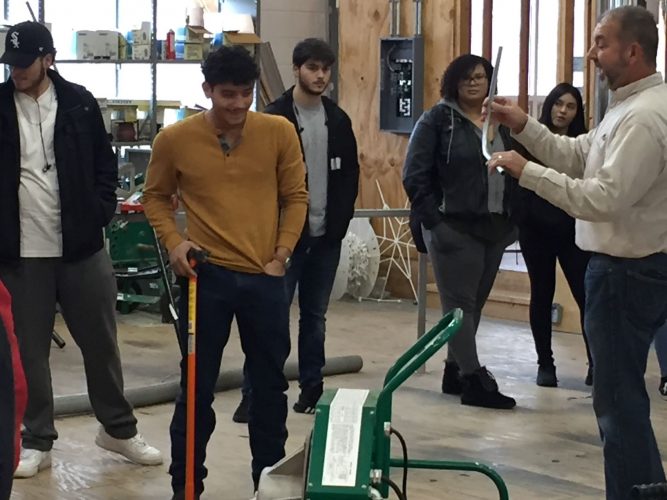- 2025-2026 Helpful LinksEnlaces útiles 2025-2026
- E-Learning PlanPlan de aprendizaje remoto (E-Learning)
- Family COVID-19 Medical Resources (Eng-Span)Recursos médicos para la familia COVID-19 (Ing-Esp)
- School CalendarCalendario escolar
- School Supply ListsLista de útiles escolares
- TransportationTransporte
- Google Training and Resources for ParentsEntrenamiento y recursos de Google Para Padres
- Google Training and Resources for TeachersEntrenamiento y recursos de Google para maestros
- Medical Exemption Form (Eng-Span)Formulario de exención médica (Ing-Esp)
- School Hours- Bell ScheduleSchool Hours- Bell Schedule
- School MealsAlimentos escolares
- Resilience Education CenterResilience Education Center
- AthleticsAthletics
- Attendance and AbsencesAsistencia y ausencias
- Clubs and ActivitiesClubs and Activities
- Health CenterCentro de salud
- Parent LiaisonParent Liaison
- Student Online Personal Protect ActLey de protección personal en línea para estudiantes
- Weather Related Closings & DelaysCierre y demoras debido al clima

College and Career Center OnlineCollege and Career Center Online
The Tomcat College and Career Center (CCC) is online to explore various colleges and careers, investigate scholarship and financial aid opportunities, and see the full calendar of CCC visitors, programming and events. The CCC itself is open every day during all lunch periods and staffed by members of the EAHS student services team. The Tomcat College and Career Center (CCC) is online to explore various colleges and careers, investigate scholarship and financial aid opportunities, and see the full calendar of CCC visitors, programming and events. The CCC itself is open every day during all lunch periods and staffed by members of the EAHS student services team.
- Tomcat College and Career CenterTomcat College and Career Center
- Course Selectionselección de cursos
- Advanced Placement (AP) Course InformationInformación sobre el curso de la colocación avanzada(AP)
- Clubs and ActivitiesClubs and Activities
- Community ServiceServicio a la comunidad
- NJROTCNJROTC
- School Hours and Bell ScheduleSchool Hours and Bell Schedule
- East Aurora High School 21st CCLC Student Enrichment ProgramEast Aurora High School 21st CCLC Student Enrichment Program
- Resilience Education CenterCentro Educativo de Resiliencia
- Student Online ResourcesRecursos por internet para estudiantes
- Student Resource CardStudent Resource Card
- Student ServicesStudent Services
- AthleticsAthletics
- LibraryBiblioteca
- Seal of BiliteracySeal of Biliteracy
- Workers PermitPermiso de trabajadores
- Senior Class (2025) Important Dates and InformationSenior Class (2025) Important Dates and Information

Join us for our Board MeetingJoin us for our Board Meeting
Our Board of Education meetings take place the first and third Monday of each month at 7:00 p.m. Please join us!Nuestras reuniones de la Junta de Educación se llevan a cabo el primer y tercer lunes de cada mes, a las 7:00 p.m. Por favor únase a nosotros!

Join us for our Board MeetingJoin us for our Board Meeting
Our Board of Education meetings take place the first and third Monday of each month at 7:00 p.m. Please join us!Nuestras reuniones de la Junta de Educación se llevan a cabo el primer y tercer lunes de cada mes, a las 7:00 p.m. Por favor únase a nosotros!

Join us for our Board MeetingJoin us for our Board Meeting
Our Board of Education meetings take place the first and third Monday of each month at 7:00 p.m. Please join us!Nuestras reuniones de la Junta de Educación se llevan a cabo el primer y tercer lunes de cada mes, a las 7:00 p.m. Por favor únase a nosotros!
- Aries "Jaybird" Gonzalez Child CenterAries "Jaybird" Gonzalez Child Center
- Early Childhood CenterEarly Childhood Center
- East Aurora ExtensionEast Aurora Extension
- East Aurora High SchoolEast Aurora High School
- Resilience Education CenterResilience Education Center







